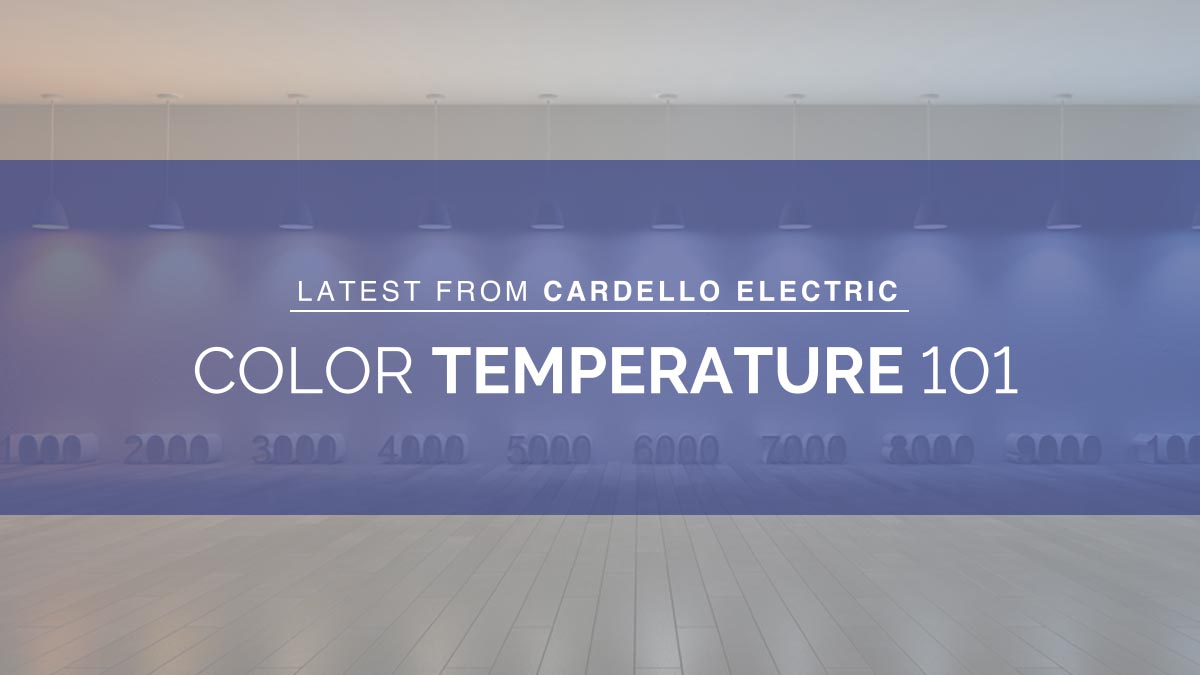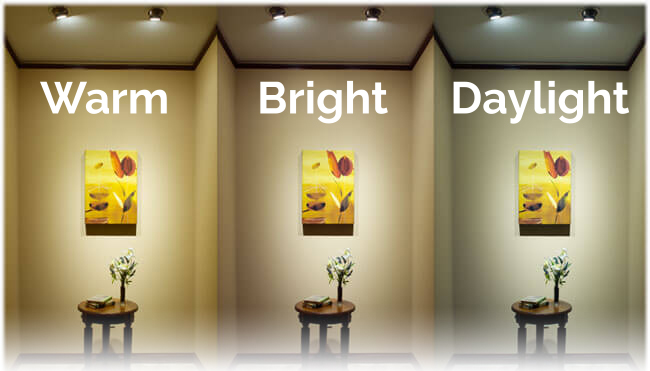
Color temperature is a topic we cover often at Cardello, but if it’s your first time stopping by, welcome. To better understand LED color temperature, let’s first understand LEDs.
A Brief History of LEDs
LEDs or Light-emitting diodes were invented in 1962 by Nick Holonyak, a scientist working at GE, while trying to create a visible laser. From humble beginnings – starting out in circuit boards, digital watches, traffic & brake lights, etc. to today, where incandescents have all but been replaced by them, LEDs are the wave of now & years to come.
Why LED?
There are quite a few reasons a person would want to consider switching to LED bulbs, but none greater than pure efficiency. They use less electricity (up to 85% less in than an incandescent and around 18% less than a CFL) for the same amount of light output. Less electricity usage means lower energy bills, which is key in places where lights don’t get shut off all too often – hospitals, manufacturing facilities, parking garages, etc. They also last significantly longer than incandescent – if you buy quality bulbs. The last few words of that sentence I cannot stress to you enough. It’s important to choose quality brand light bulbs. Some off-brands will say guarantee they last 50,000 hours but by the time the bulb has burned out maybe after a few thousand hours, that brand is no longer around to stand by their warranty. Stick to brands you’ve heard of like TCP, Satco, Philips, etc. Another key part of bulbs lasting longer is less waste. The average LED bulb lasts 5 times longer than an incandescent light bulb so that’s less bulbs going to landfills and less of your time being wasted changing burnt out light bulbs. Not to mention, the quality of light is cleaner and brighter.

So What’s Up with Color?
Some people understand lightbulb colors as either LED or incandescent. LED being some awful blue green hue, a kind of evil twin to the warm, soft glow of incandescent. But this couldn’t be further from the truth. The stigma of off-putting color is continually being proven wrong with each advancement in LED technology. That’s not to say that they’re aren’t cooler colored LED bulbs which is why it is so important to select quality light bulbs in the correct color temperature for each application. Color temperature is measured in Kelvins on a scale of 1,000 to 10,000 with temperatures for commercial and residential lighting applications falling somewhere on a scale from 2000K to 6500K.
Produces an intimate, inviting glow
• Color Temperature (KELVINS): 2,000-3000K
• Appearance: Orange to yellow-white in appearance
• Ideal uses: most residential interior applications (i.e. bedrooms, bathrooms, dining rooms, etc.), decorative exterior lighting, ambient lighting for commercial applications.
Cool or Bright White
Produces a bright, vibrant light
• Color Temperature (KELVINS): 3100-4500K
• Appearance: Neutral white, may have a slight blue tint
• Ideal uses: basements, garages, kitchens and work environments
Daylight
Produces a crisp, invigorating light
• Color Temperature (KELVINS): 4,600-6,500K
• Appearance: Blue-white light similar to daylight
• Ideal uses: display areas, security lighting, task lighting, garages





